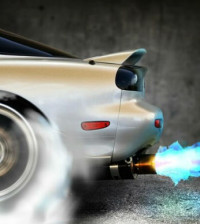Car Maintenance Tips: Performance Crankshafts Guide
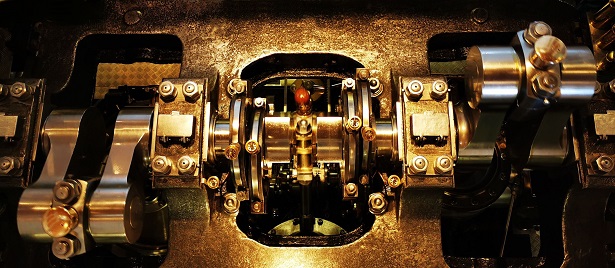
The engine is the heart of every car and it also is the most complex component. But being complex isn’t necessarily a bad thing – it comes with both pros and cons. Their modern complexity makes them more capable than ever before, but it also makes for one that is prone to more issues. These issues usually come at the expense of either the biggest or the smallest engine component. When it comes to the former, the crankshaft is where it’s at. Being both the heaviest and biggest component, an auto crankshaft is a fundamental part of a combustion engine.
While old engines featured a crank handle, modern engines feature an electric starter motor that still does what a crank handle did, hence why the name is the same. The crankshaft helps translate the motion of the pistons to the wheels of the car. Just like adding an aftermarket exhaust system can help improve your vehicle’s performance, keeping the crankshaft in top shape can help make your vehicle perform a lot better as well.
How to Tell If Crankshaft Is Bad
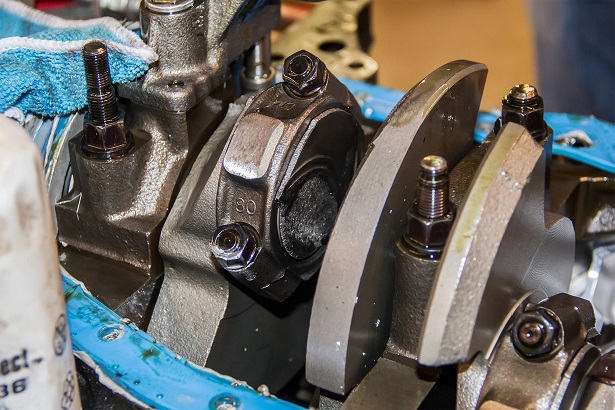
Stalling
When a crankshaft or rather, a crankshaft sensor is failing or bad, it will start intermittent stalling. The sensor could be faulty due to a wiring problem or the crankshaft itself can be showing signs of wear and failure. This can be the case even if you have a quality performance crankshaft, except it won’t happen as quickly as a regular off-the-shelf crankshaft.
Starting
A common symptom of a bad or faulty crankshaft is going to directly impact the starting of your vehicle. If you have issues starting your vehicle it is very likely that there is a problem with the crankshaft.
Acceleration
If you press the gas pedal and you experience uneven acceleration, it’s most likely coming from a faulty crankshaft sensor. This is because the engine control unit can’t make the necessary adjustments when it comes to fuel injection and spark timing. That lack of accuracy is what makes for uneven acceleration since the sensors can’t maintain a constant incline in acceleration.
Check Engine Light
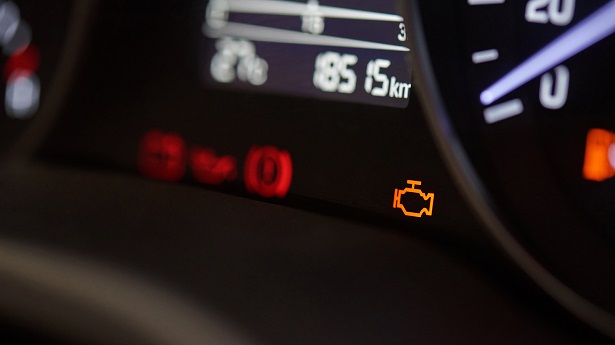
While the check engine light may come on the dashboard of your vehicle even when you close the door too hard, it can also be a sign of a problem with the crankshaft sensor. If the computer were to detect an issue with it, it will flash the light to alert you. Even if there is no issue with the sensor, it is best that you check to avoid costly repairs later down the road.
Engine Misfiring
A misfiring engine is one that stutters even for a brief moment. So if you notice your engine do that even for a moment, it probably means there is a bad sensor. Any aftermarket crankshaft, even a performance crankshaft, can sometimes cause the cinders to misfire. This can be solved quite easily if you bring your vehicle to a mechanic in time.
Vibrating Engine
When the engine is vibrating or idling with a rough tone to it, it can also be due to a bad or faulty crankshaft sensor. The position sensor, in this case, won’t be able to monitor the position of the crankshaft, hence all the vibration and grinding noises.
Gas Mileage
If your vehicle doesn’t display accurate information about gas mileage it’s because of a faulty crankshaft positioned sensor. Basically, the sensor doesn’t provide other components with the necessary information, so they can’t operate optimally.
How to Repair Crankshaft
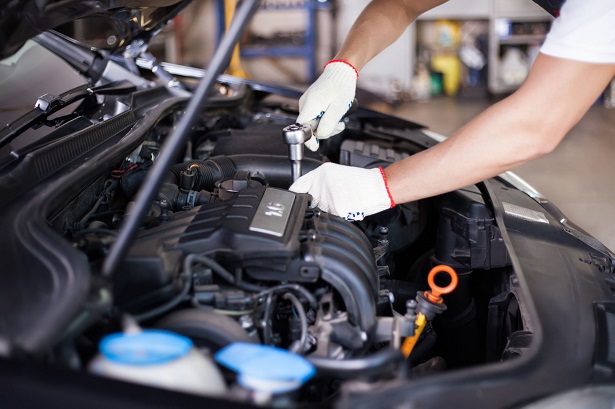
Holes
Once you’ve established that something’s up with the crankshaft or its positioning sensor, you need to do something about it. One easy way of resolving the issue is to level the holes found on the crankshaft. They’re there for a reason and that is to keep the crankshaft level.
Dry Surface
Sometimes, the solution for a bad crankshaft is simple. Good old lubrication can go a long way, especially if the surface of the crankshaft is dry. A dry surface can make the operation of the crankshaft stall quite a bit and so will your vehicle.
Heat
A big enemy of every engine component is heat, and the more there is of it where your crankshaft is – the worse the crankshaft will perform. Finding the source of heat and eliminating it can save you a lot of time and money you would otherwise spend replacing the crankshaft
Bearings
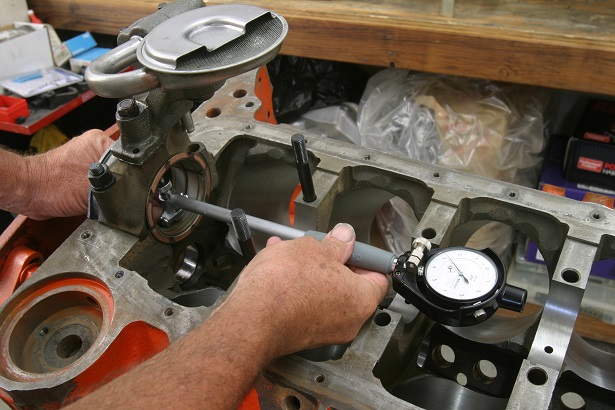
A more common source of crankshaft issues can be the bearings. The main cause of the bearings acting up is rust. All you need to do to solve the issue here is to polish the bearings to get rid of the rust. When rust becomes corrosion, you need to replace the bearings. When replacing the crankshaft bearings make sure to replace all of them at once.
Connections
The connections between other engine components and the crankshaft can be the cause of quite a few problems as well. These connections are relatively simple to fix but if they are not seated in perfectly, they can cause major issues. Make sure to remove the bolts holding them, reseat the crankshaft, as well as other components, and replace the bolts at the correct torque level to ensure everything is running smoothly.

